Embossed metal tin...
The application of regional culture in tin box packaging design
Now consumers have more and more choices for product purchases, the competition between commodities is getting stronger and stronger, and the trend of consumers' pursuit of novelty, uniqueness and individuality of products is becoming more and more obvious. Different consumer groups will choose products with different hobbies, and this choice is mainly affected by factors such as product advertising, brand awareness, credibility, and product packaging. The tin box packaging design quickly conveys various information to the audience through its unique graphics, text, and color visual language, and has become the "silent salesman" of modern commodities.
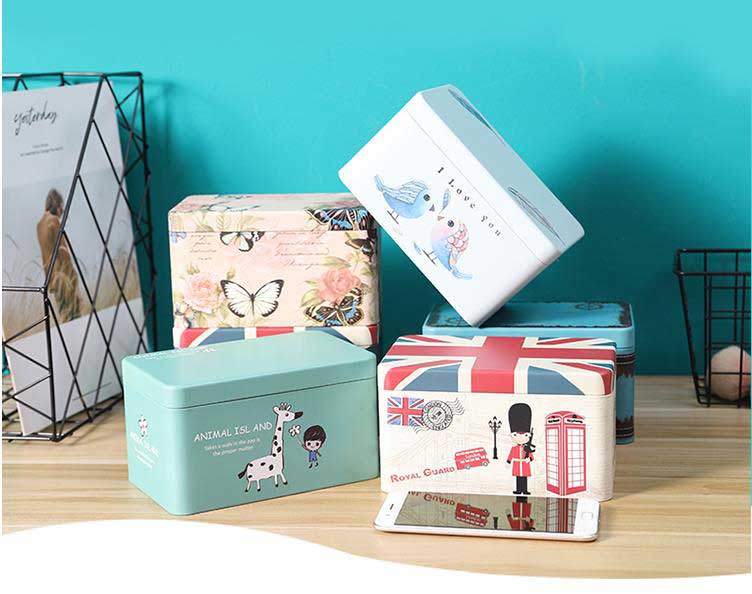
1. Marketing requirements for tin box packaging design
Tin boxes are designed for the packaging of products. From the perspective of the integrated communication concept of marketing, tin box packaging design is not only a link in product sales, Shenzhen Shangzhimei Tin Box Co., Ltd. believes that it has become an irreplaceable important medium in marketing, as a communication with consumers. The last hurdle plays a pivotal role. Tin box packaging has developed from a simple function of protection and accommodation to a bridge between production and consumption. It integrates various elements such as industrial production, science and technology, culture and art, and regional folk culture. It can not only protect and promote goods, but also It can also promote products and increase the added value of products. The tin box packaging design finally allows consumers to resonate with the product because of the packaging of the product through a certain conceptual positioning and extraordinary artistic language, so as to meet the overall needs of consumer psychology. Economist Dusen Berry said: "The decisive influence of culture can be found in all kinds of activities involved in human beings, whether it is the purchase of products, or the manufacture and sale of products; whether it is the provision of material means, or Spiritual enjoyment constitutes our way of life." Tin box packaging design can not only satisfy the communication of product information, but also spread a specific consumer culture.
Consumer culture is increasingly affecting people's cultural life, and people's demand for artistic and cultural product packaging is more urgent than ever. As an important cultural phenomenon, packaging design has become a conscious behavior in human economic activities. In the process of its development, it should be sublimated from the past product packaging to a higher level of cultural packaging.
Maslow, an American psychologist and behaviorist, summed up the various needs of people into five categories. These five categories of needs are interrelated and progressive. According to their importance and the order of occurrence, they are arranged in a Demand level mode, in order:
1. Physiological needs,
2. Safety needs,
3. Social needs,
4. Respect needs,
5. Self-actualization needs.
Maslow's "hierarchy of needs" shows that with the increase of demand, people have higher and higher requirements for the connotation of culture and cultural atmosphere. Culture is famous for its characteristics. If it loses its characteristics, it will lose its value of existence. Whether a nation can maintain its own cultural personality is a prerequisite for whether it can obtain an ID card in the process of global civilization integration. It can be seen that in modern marketing, only product packaging with unique cultural styles can stimulate the recognition and resonance of consumer culture; only by seeking packaging design styles with regional characteristics in various cultural and artistic trends can we finally promote the product's popularity. Competition and Sales.
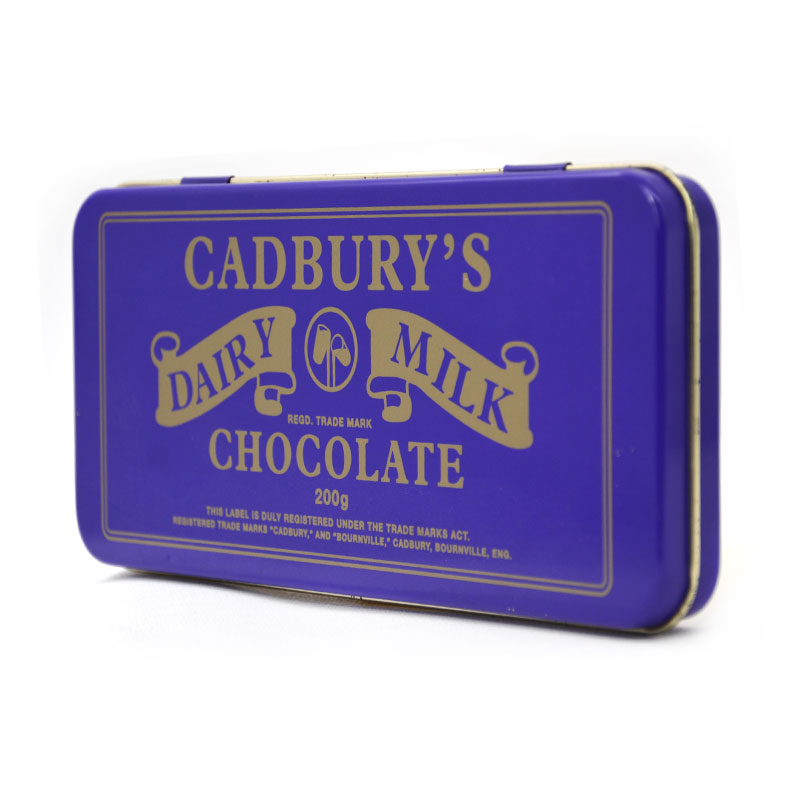
2. The role of regional elements on the design of tin box packaging
On the one hand, tin box packaging design continuously absorbs the design concepts and expressions of foreign culture and art, enriches the formal language of packaging design to a certain extent, and promotes the development of packaging design; on the other hand, in the global integration of cultural language Under this circumstance, packaging design will face the danger of being dissolved if it is uncertain about its unique cultural positioning and identity in its own region. The basis of this cultural identity is the cultural personality of a country, which symbolizes the contribution of a particular culture to human civilization, and is also an affirmation of one's right to cultural survival as a member of human civilization.
As a creative economic behavior and a creative behavior of aesthetic culture, packaging design inevitably participates in such thinking. Packaging design interacts with information audiences by artistic means to achieve the purpose of transmitting information. It contains reasonable, sustainable and positive spiritual content, and has the characteristics of adapting, coordinating and promoting with the development of social modernization. , pay attention to the design form and the connotation of local humanistic spirit. Therefore, based on the national art form and aesthetic awareness, it mainly expresses the people's thoughts, feelings, aspirations and artistic aesthetic taste, and the packaging design with national style and Chinese elements is easier to achieve its design goal of conveying emotions.
Visual graphics, color language and art forms with regional and national characteristics support the development of individualized national visual arts with their strong vitality, and have an irreplaceable position. The unique and rich elements of the nation and the construction of a design system with regional national characteristics can be in an invincible position in the competition. This is also the packaging design to establish an independent design position and cultural identity.
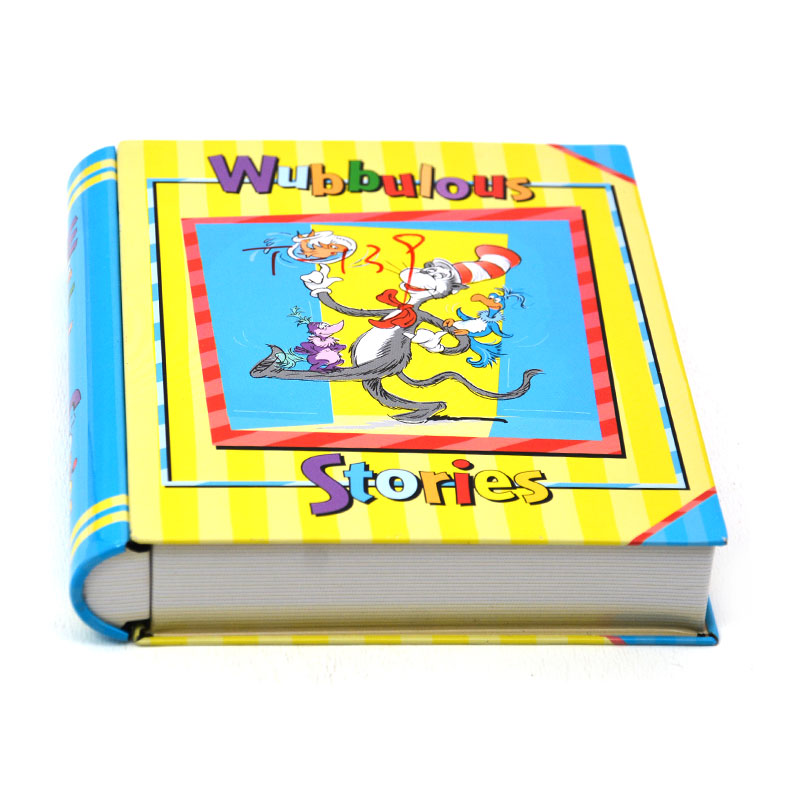
Tin box packaging micro-label design
A micro-mark is a symbol or trademark that indicates a brand. It uses simple, obvious, and easily recognizable objects, graphics or text symbols as intuitive language. In addition to what it represents and what it replaces, it also has the functions of expressing meaning, emotion, and commanding actions. Because of its characteristics, the design of the logo must have a strong visual impact, and to express a unique personality and sense of the times, it must be widely adapted to the production of various media, various materials and various supplies.
According to its form of expression, it can be classified as
1. The form of figurative expression
Using the rich and colorful materials of nature for refining and processing, this kind of pictorial logo is vivid and interesting, and has the characteristics of graphic illustration.
2. Abstract form
Use simple points, lines, and surfaces as the main body to perform changes such as repetition, gradient, symmetry, emission, mutation, harmony, balance, positive and negative, borrowing, convolution, decomposition, and combination.
3. The form of text
There are usually three types of font marks:
The first is to use the full name of the enterprise and brand as the material, and to change the space, structure, stroke, shape and form of the words or letters. The design and shape of specific words or letters can show the nature and characteristics of some related industries.
The second type is based on the prefixes of enterprise and brand names, and there are single prefixes, double prefixes and multiple prefixes.
The third is to use the combination of enterprise and brand names and their prefixes as materials, taking into account the distinct modeling effect of the prefixes and the advantages of the straightforward appeal of the name logo.
4. Comprehensive form of expression
Logo design basically starts from the use of figurative graphics alone. The history of the combination of graphics and fonts is not very long. Description and graphic representation have the advantage of audio-visual synchronization, and are widely used in design.
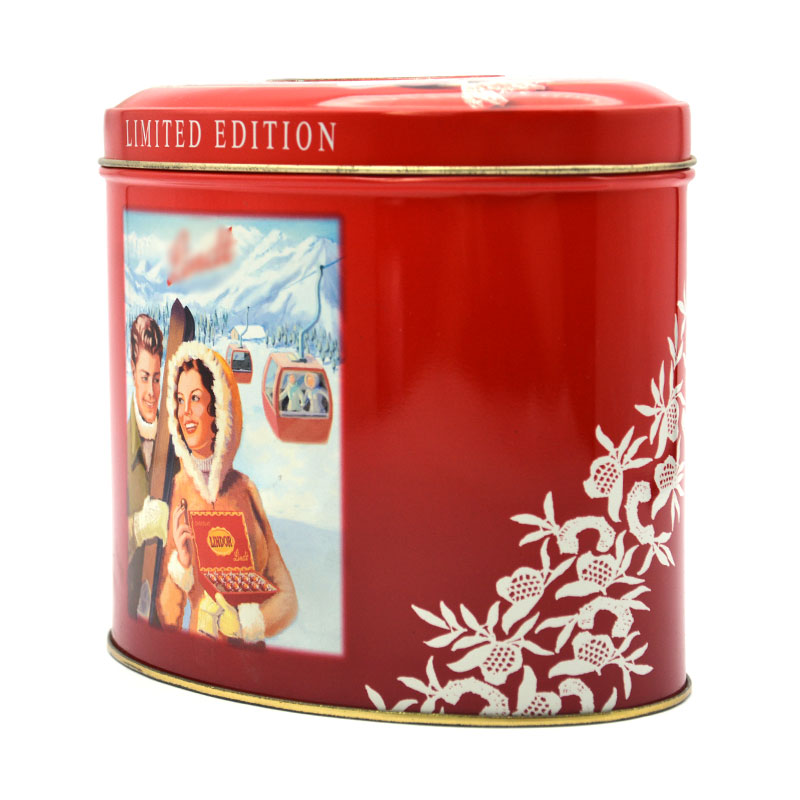
The three elements of micro-logo design
(1) Name
An excellent and perfect logo, in addition to having a beautiful and bright pattern, also has a distinctive, loud and pleasant brand name. The brand name not only affects the circulation and dissemination of goods in the market in the future, but also determines the entire design process and effect of the trademark. If the trademark has a good name, it can give the pattern designer more advantages and flexibility, and the designer may be more creative. On the contrary, it will bring difficulties and limitations, and it will also affect the expressiveness of artistic images. Therefore, the determination of the name of the trademark should follow the principle of "smooth, pleasant, easy to remember, and good-looking". There must be originality and a sense of the times, and it must be full of new ideas and beautiful associations.
(2) Pattern
Country names, national flags, national emblems, military flags, medals, or the same or similar to them, cannot be used as trademark designs. Some special signs stipulated by international regulations, such as the red "cross", civil aviation signs, railway emblems, etc., cannot be used as trademark designs. In addition, when taking animal images as trademark patterns, attention should be paid to the likes and taboos of different nationalities and countries for various animals.
(3) Color
Color is one of the three basic elements of form (shape, color, and quality). The commonly used colors for logos are the three primary colors (red, yellow, and blue). Color is a basic subject that must be studied in the discipline of industrial design. Color research involves many disciplines such as physics, physiology, psychology, aesthetics and art theory.
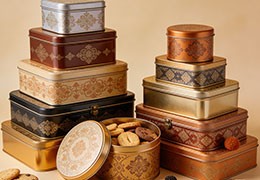


.jpg)

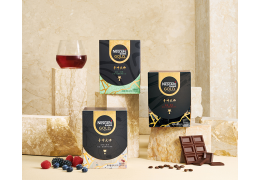
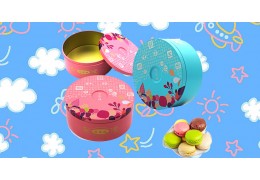
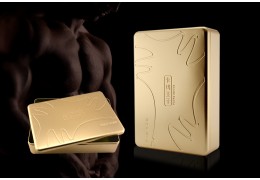
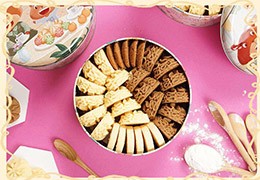
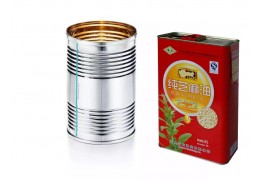

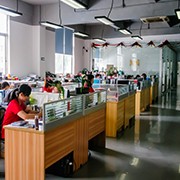

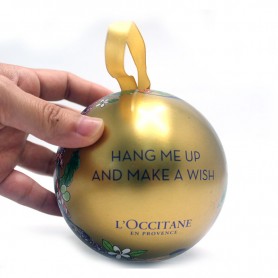
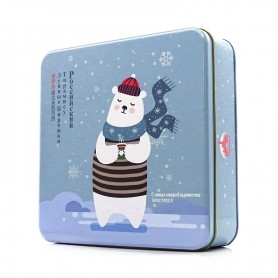
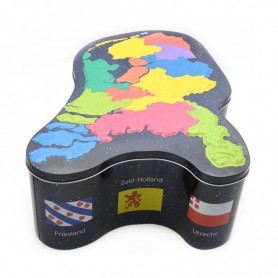
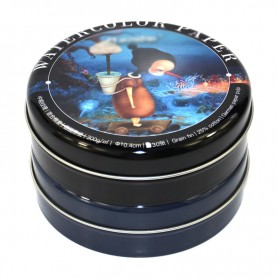

Latest comments